Sorholia lescheræ (Bœters, 1981) |
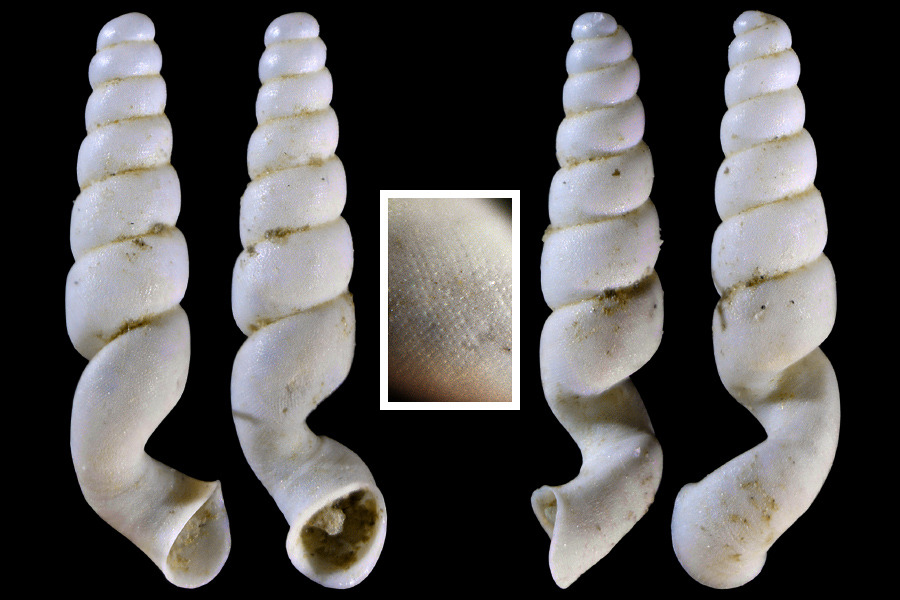 |
Stygobiont, in underground rivers as well as in hyporheic habitats. Pyrénées-Atlantiques and Hautes-Pyrénées, in the low parts of the pyrenean tributaries of Adour river, Gave d’Ossau excepted.
Original taxon: Moitessieria simoniana lescheræ.
The species was named after the biospeleologist Françoise Lescher-Moutoué, from Moulis laboratory, who provided the author with the first specimens. In adult specimens, the last whorl of the teleoconch is markedly uncoiled. Above: a shell from Les Aygues de Mélat, the emergences of Bétharram cave-river. Altitude ≈ 320m. 2,9mm. |
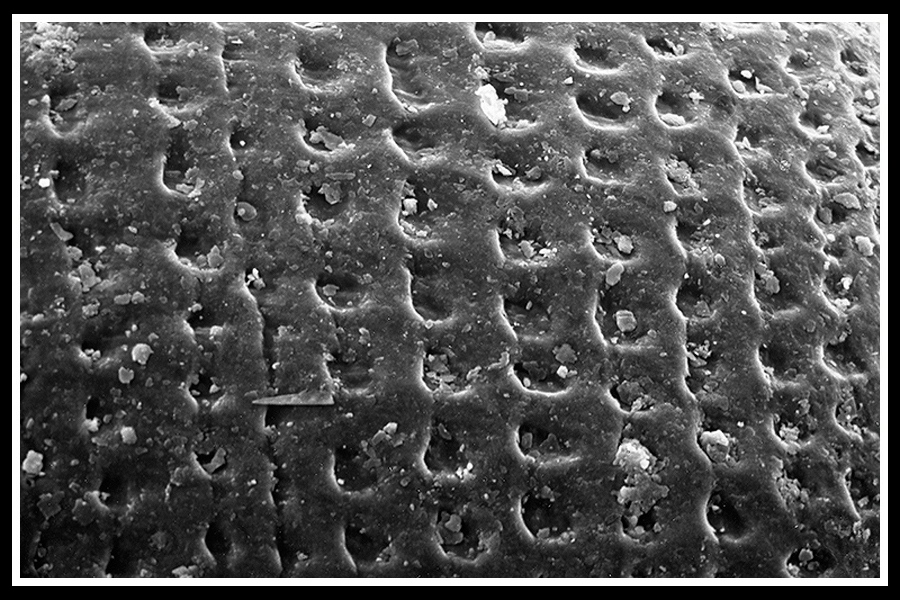 |
| Microsculpture made up of spiral alignments of numerous hollows, as often in Moitessieria. On this photography, the spirals run from top to bottom of the image. You can notice also the absence of a distinct longitudinal arrangement. Original picture provided by A. Bertrand (FR) – (CC BY-NC-SA). |
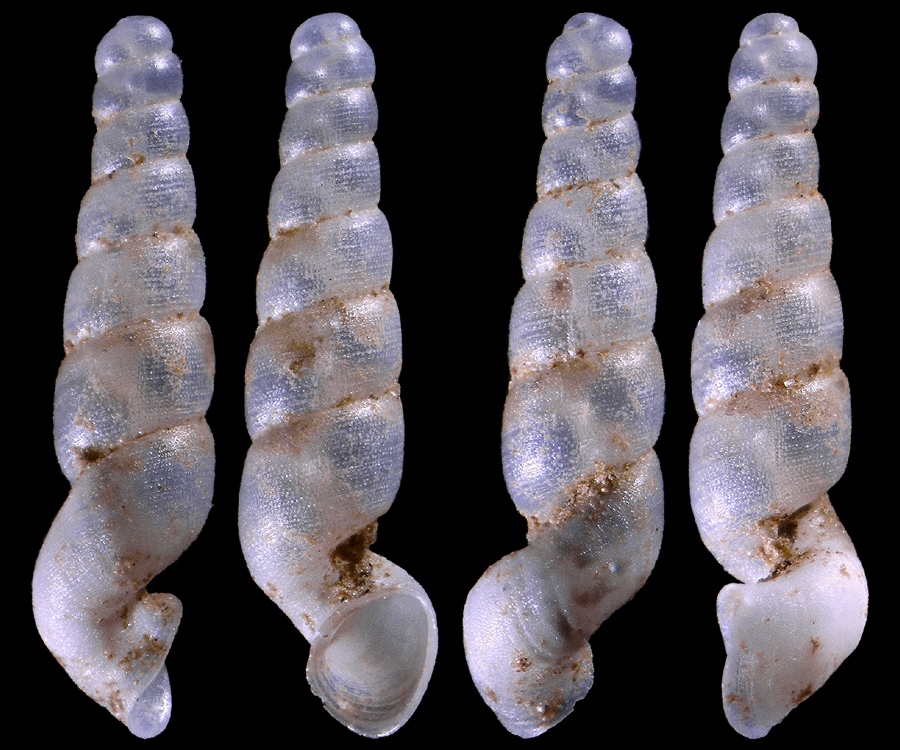 |
The shell is rather large for a Moitessieriid. The teleoconch whorls are about 6,5 in number, separated by a marked suture, flat at their periphery, increasing slowly in diameter up to the penultimate whorl, where the diameter becomes almost constant. The last whorl « is completely detached from the rest of the spire, constituting on average 48% (range 44-53%) of total shell length. » – Alba, Corbella & Prats: “New morphological details on the shell of Sorholia lescherae (Boeters, 1981) (Gastropoda: Moitessieriidae)”, Spira vol. 4, 2012, p.176.
Same spot. Fresh specimen collected in sediments at one of the emergences of the river. 2,9mm. |
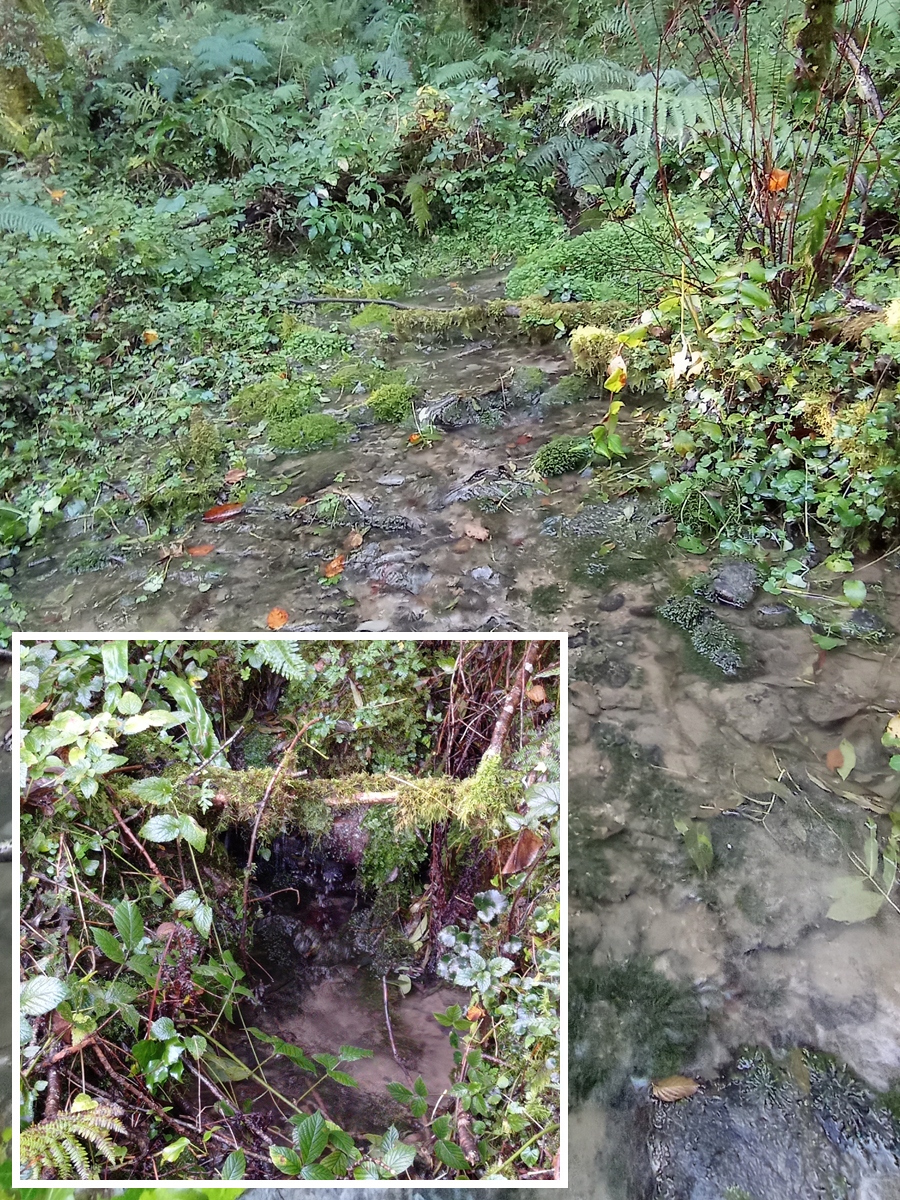 |
| Les Aygues de Mélat are a group of karst springs that give birth to a rivulet that runs along the road at the foot of the hill. In the square, one of these springs, through which emerge the shells of the dead stygobionts that inhabit Bétharram cave-river. |
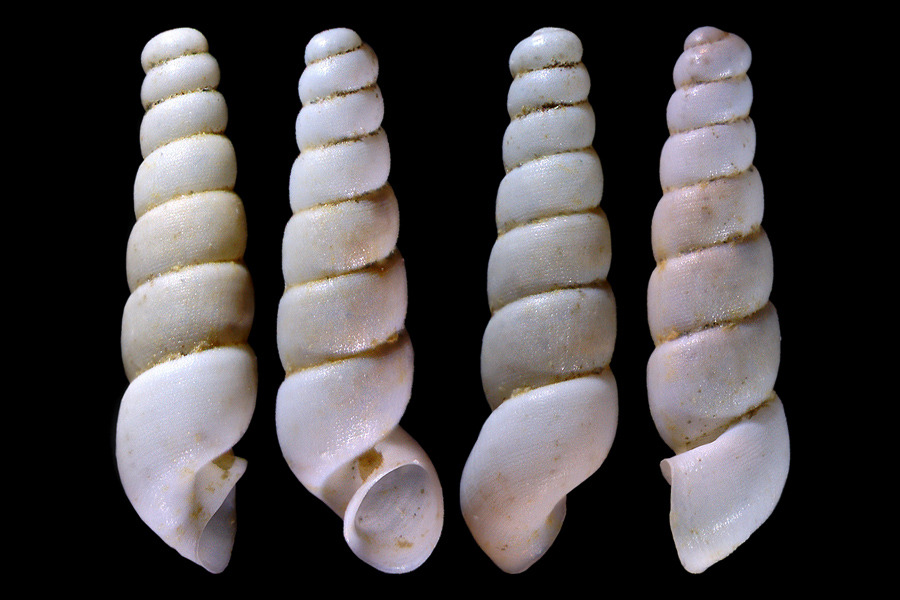 |
| A variant, with a constantly a less stretched last whorl, is found at Uthurbieta karst spring near Guessalia, Aussurucq, Pyrénées-Atlantiques. Altitude ≈ 230m. 2,6-2,6mm. |
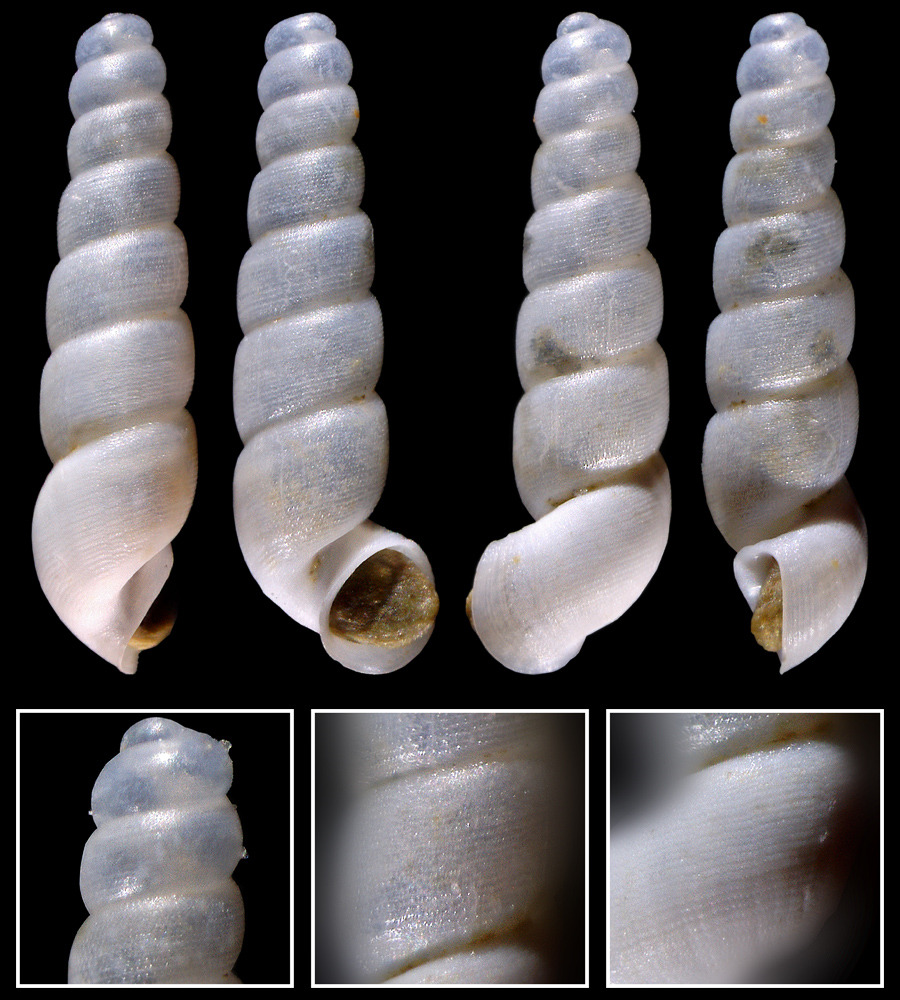 |
| The sculpture, made of alignments of numerous hollows, absent on proto (left detail), morphing into wider spiral stitchings (right detail) on the last whorl, is similar to that of the other lescherae. |
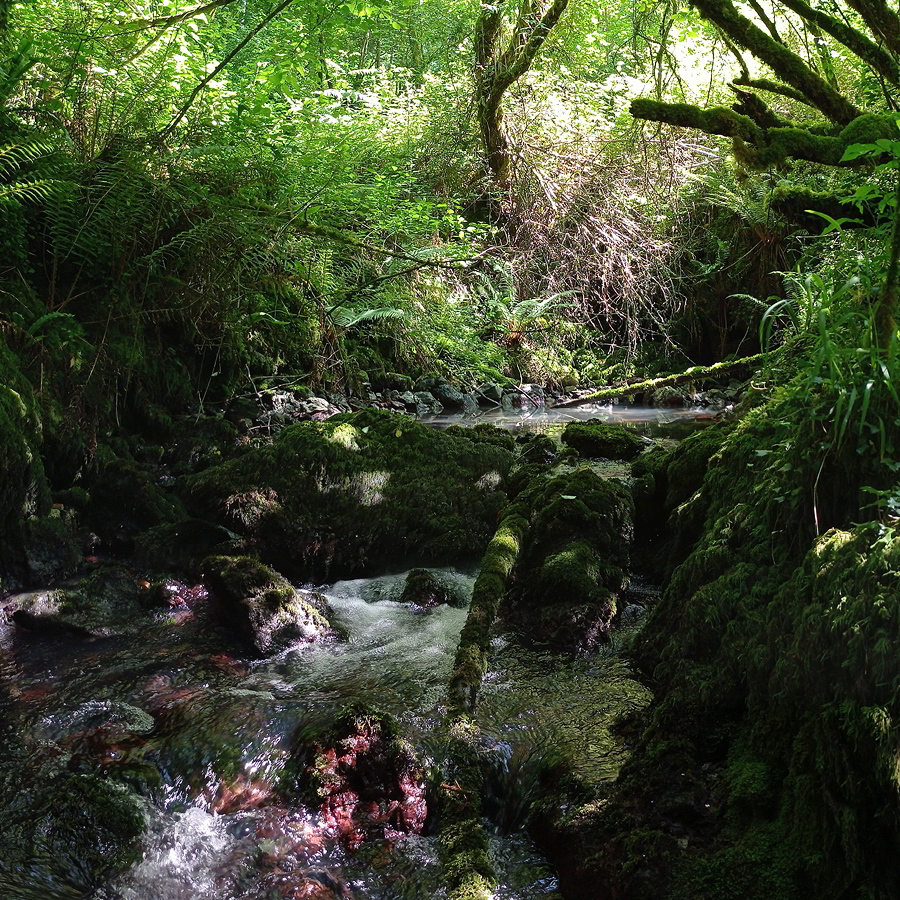 |
| The emergence of Uthurbieta in june, when the flow is low. |
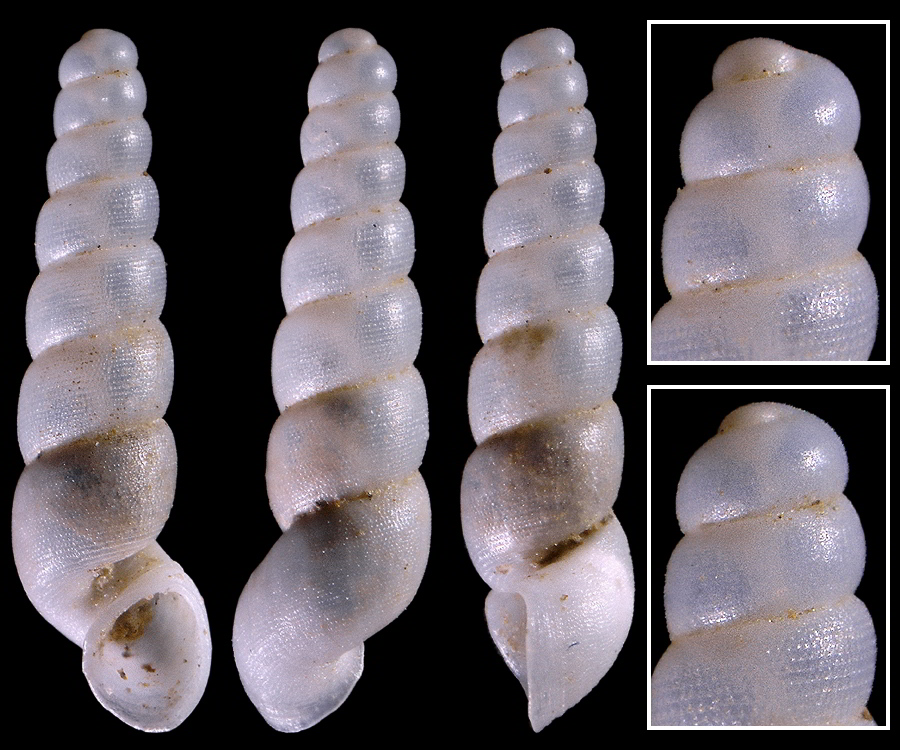 |
| A large and well preserved specimen found at Uthurbieta. 3mm. |
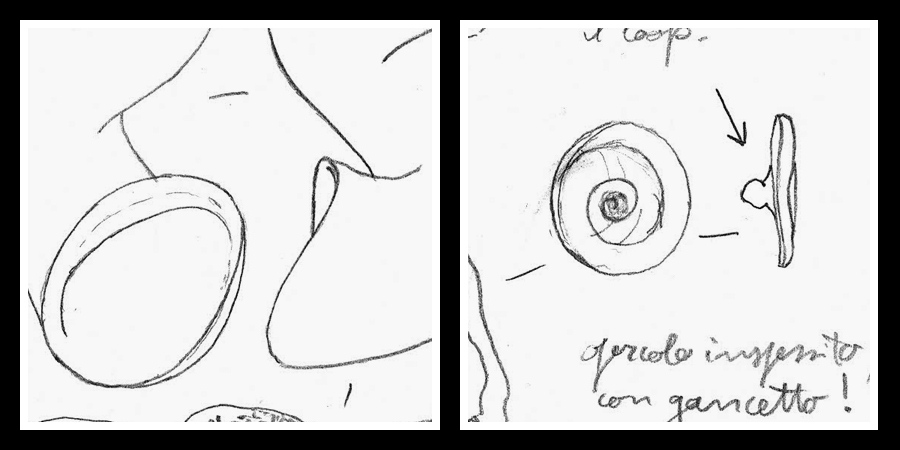 |
| The aperture and the operculum in a drawing made by Marco Bodon, after some specimens collected in the type-locality. The large peg on the internal side of the operculum, mushroom-shaped, is so different from the usual apophyses found in the genus Moitessieria that it gave birth to the new genus Sorholia, named after the type-locality Tardets-Sorholus. |
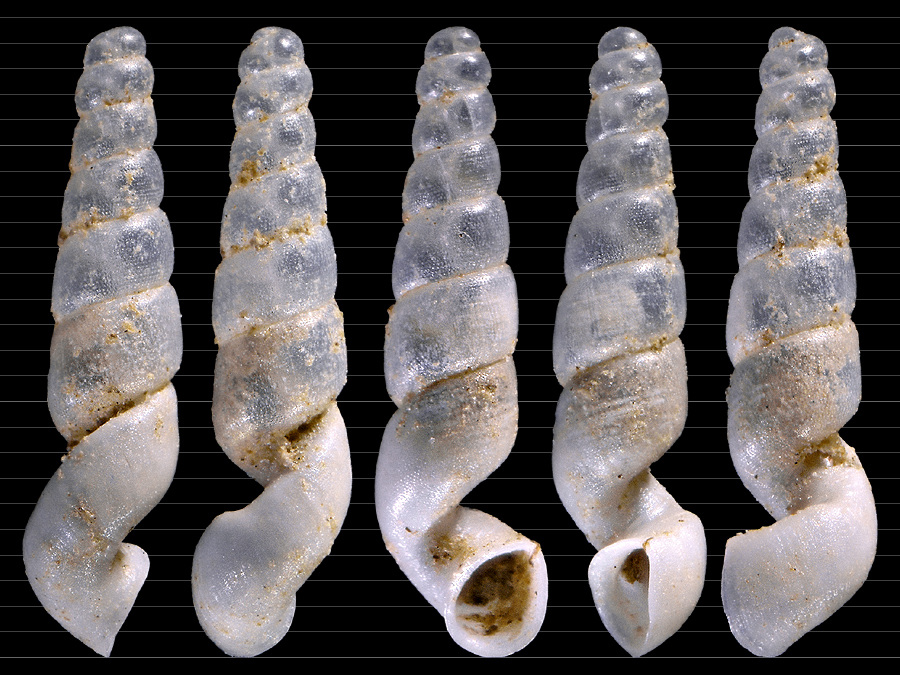 |
« The peristome is quite expanded and reflected, but due to the detachment of the last whorl, the former is not parietally adhered at all. Laterally, its last portion appears to be slightly ascending (although it is difficult to assess). The external portion of the peristome is prominent, and in lateral view it displays a moderatelydeveloped sinule, being moderately convex on its lower portion. » – Ibid. Fully adult specimen from the cave-spring of the Nive of Beherobie, Estérençuby, Pyrénées-Atlantiques. 2,45mm. Altitude ≈ 380m. Here, the last whorl of the shell is normally stretched. |
 |
| Sampling invertebrates in the cave of the spring. Original pictures made after a movie provided by J.& A. Chauvin and S. Planès (FR) – (CC BY-NC-SA), for the Leize Mendi society. |
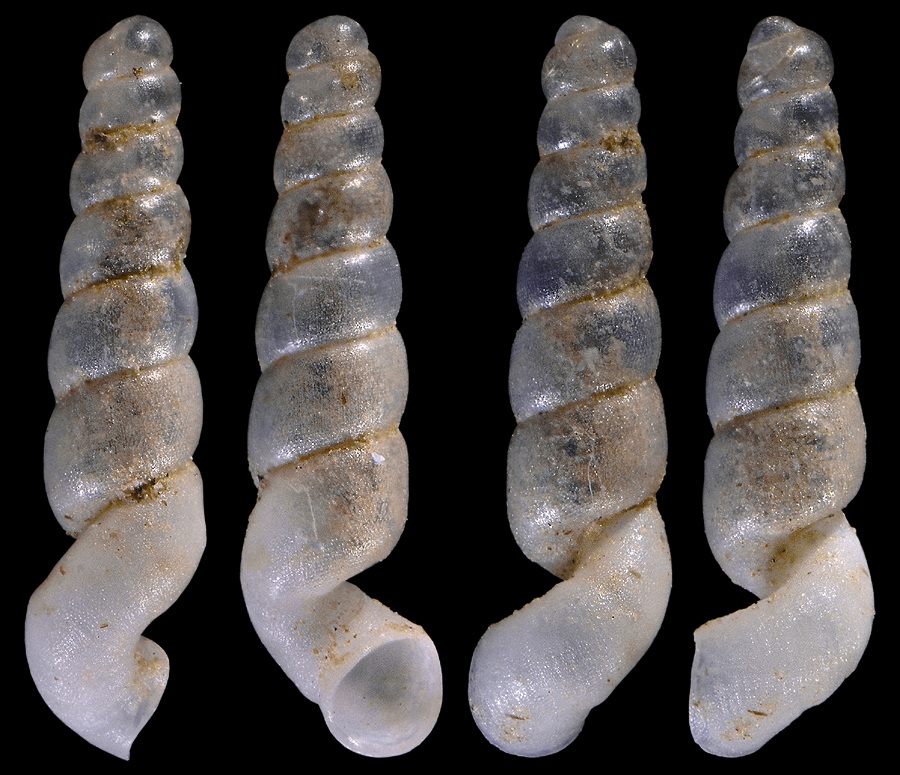 |
| Young adult from the cave-river. 2,35mm. |
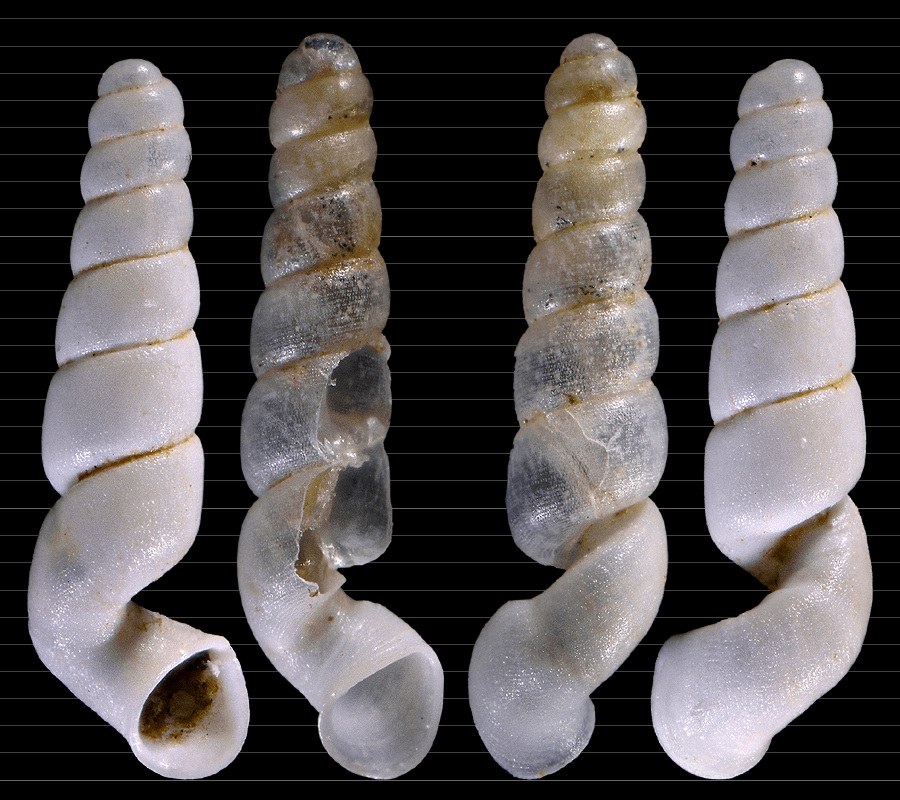 |
| Large adults from the same spot. 2,65-2,75mm. |
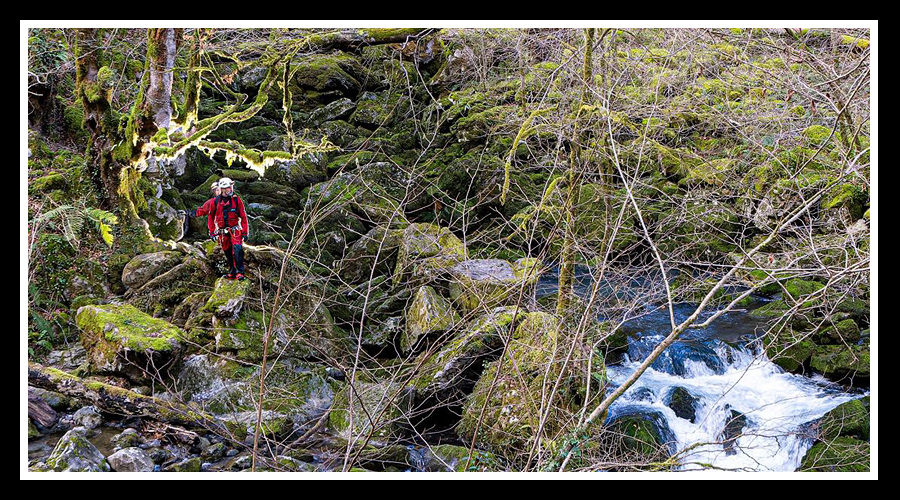 |
The spring outside.
Original picture provided by B. Maestracci (FR) – (CC BY-NC-SA). |
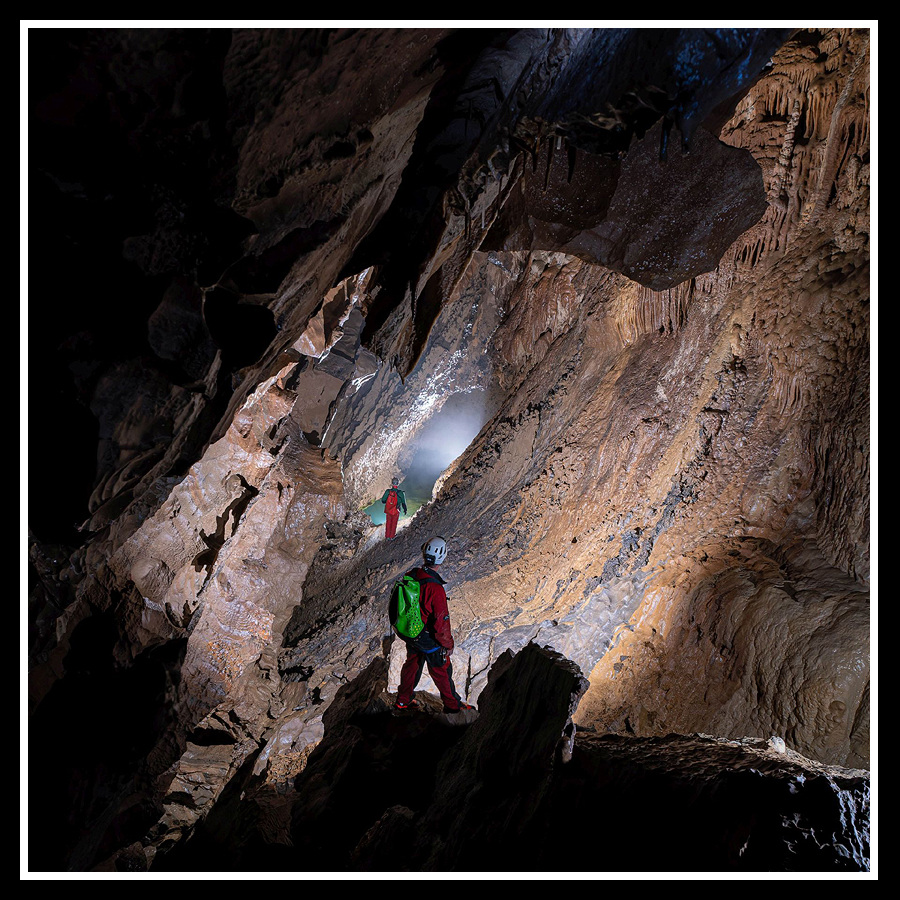 |
| The spring inside. Original picture provided by B. Maestracci (FR) – (CC BY-NC-SA). |
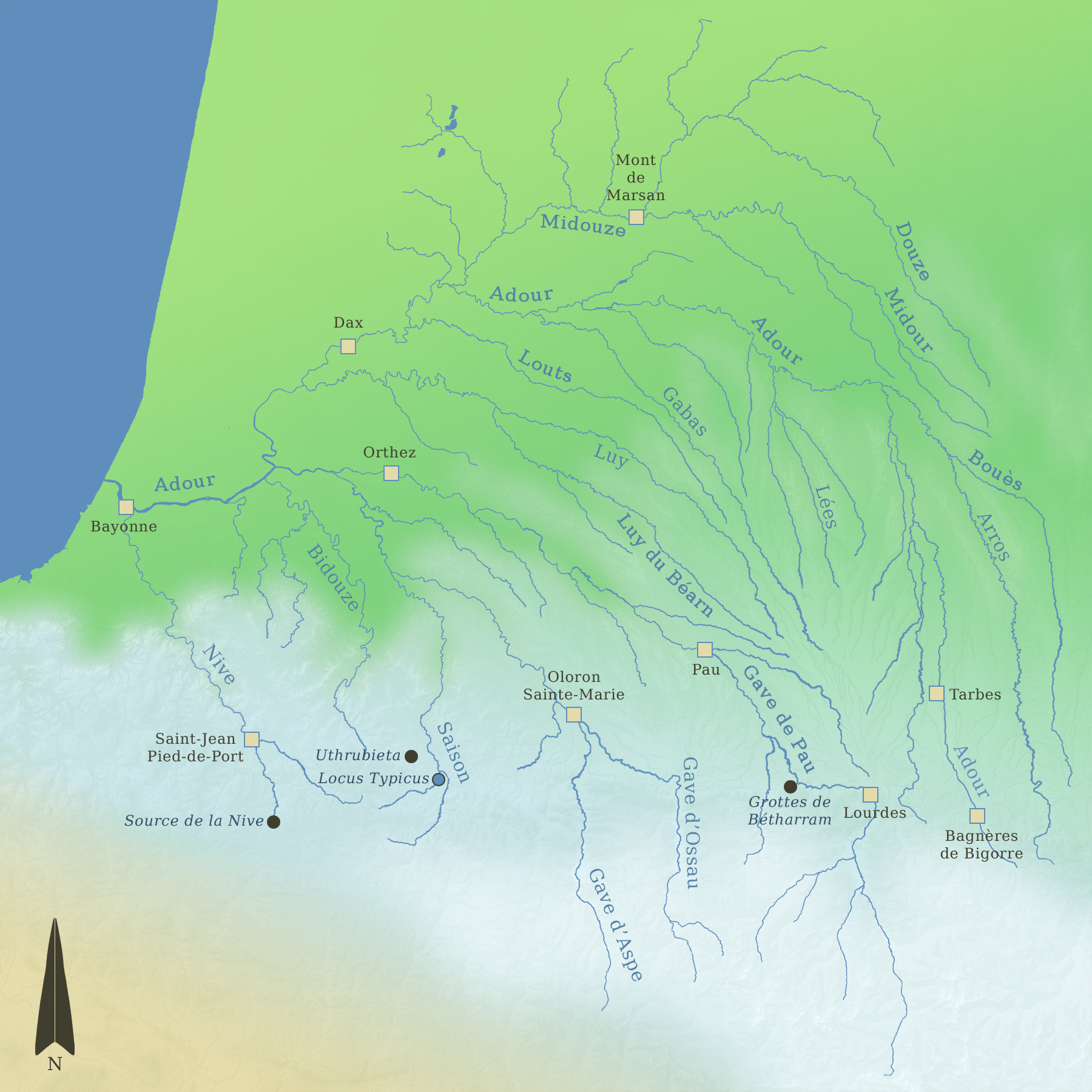 |
Distribution of the pictured lescherae.
|















